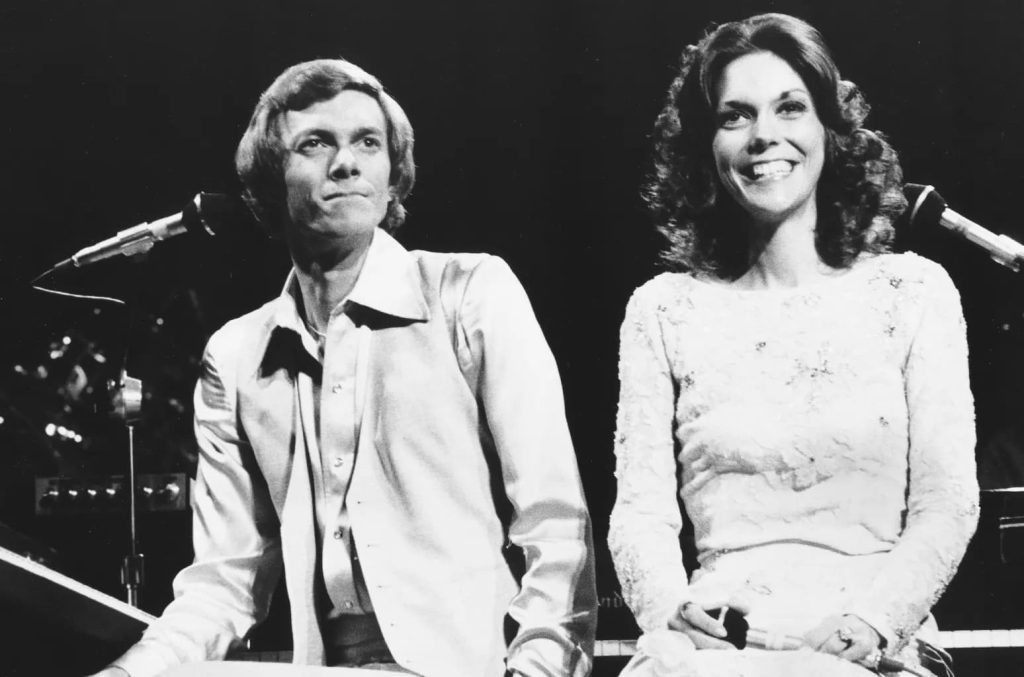
Sing: The Carpenters’ Charming and Nostalgic Hit
In 1973, a song originally penned for the innocence of a children’s television show found its way into the hearts of millions, transcending the confines of age and time. “Sing,” written by Joe Raposo for Sesame Street, evolved from a simple tune on a children’s program to a major hit on the pop charts, particularly through the enchanting rendition by The Carpenters. This exploration not only charts the journey of the song but also delves into why it resonated so deeply across diverse audiences.
The genesis of “Sing” in 1971 marked it as a signature melody for Sesame Street, aiming to inspire joy and musical participation among young viewers. However, its leap to mainstream success came when The Carpenters embraced the song after hearing it on a television special. Their recording, which debuted on their 1973 album Now & Then, climbed swiftly to a peak position of number 3 on the Billboard Hot 100 and conquered the top spot on the Billboard Easy Listening chart. This commercial success was accompanied by critical acclaim, cementing the song’s place in the pantheon of 70s pop music.
The allure of “Sing” by The Carpenters lies not just in its lyrical simplicity and catchy melody but also in the heartfelt delivery by Karen Carpenter, whose voice could convey profound emotions in the most understated tones. Her brother, Richard Carpenter, masterfully arranged and produced the track, ensuring that each instrumental layer harmoniously supported Karen’s vocal serenity. The inclusion of the Jimmy Joyce Children’s Choir added a poignant touch, reinforcing the song’s original intent to appeal to the innocence and joy of youth.
Further adding to its legacy, The Carpenters introduced a version featuring the Kyoto Children’s Choir during their 1974 tour in Japan, recorded live and later released on the album Live in Japan in 1975. This version highlighted the universal appeal of “Sing,” bridging cultural and linguistic barriers through the universal language of music.
The song’s adaptability was showcased once again in the 1991 box set From the Top, where “Sing” was presented as “Canta/Sing,” blending English and Spanish lyrics to resonate with an even broader audience. This bilingual rendition emphasized the song’s message of harmony and unity, underscoring its timeless appeal.
In summary, “Sing” is not merely a song but a phenomenon that illustrates the power of music to connect, heal, and bring joy across generations. The Carpenters’ rendition, in particular, stands as a testament to their ability to transform a simple melody into an anthem of universal hope and togetherness. This song’s journey from a children’s show theme to a gold-certified hit underscores an enduring legacy that continues to inspire and uplift audiences around the world.